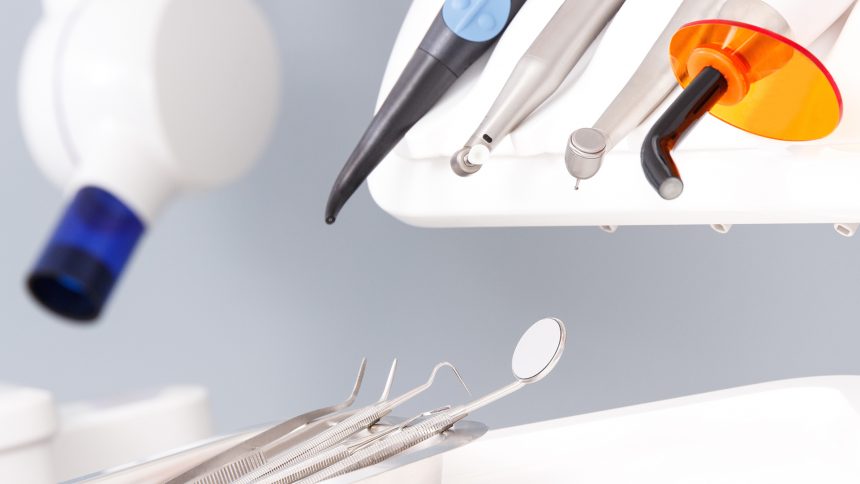Dislodged Teeth Injuries to the mouth can cause teeth to be pushed back into their sockets. If the tooth is pushed partially out of the socket, your dentist may re-position and stabilize your tooth. If the pulp remains healthy, then no other treatment is necessary. However, if the pulp becomes damaged or infected, root canal treatment will be required. Root canal treatment is usually started within a few weeks of the injury and a medication, such as calcium hydroxide, will be placed inside the tooth. Eventually, a permanent root canal filling will be placed and the canal will be sealed....
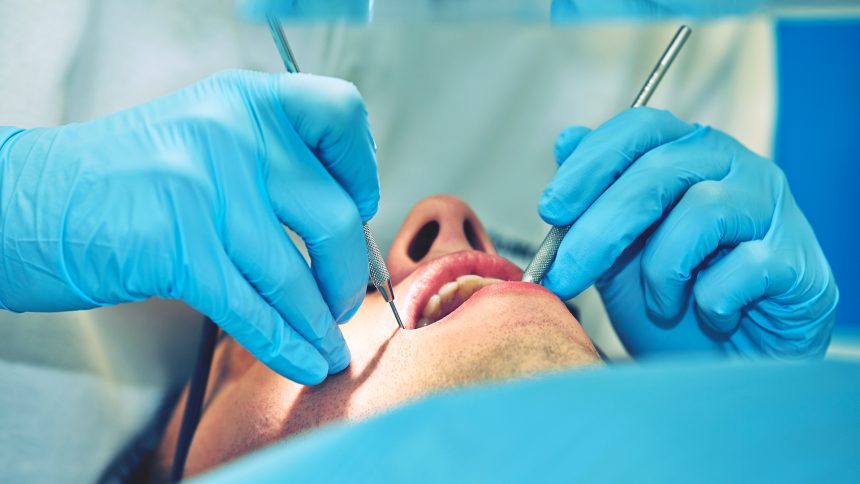
Toothaches
A “toothache” is pain typically around a tooth, teeth or jaws. In most instances, toothaches are caused by a dental problem, such as a dental cavity, a cracked or fractured tooth, an exposed tooth root, or gum disease. Sometimes diseases of the jaw joint (temporomandibular joint), or spasms of the muscles used for chewing can cause toothache like symptoms. The severity of a toothache can range from chronic and mild to sharp and excruciating. It can be a dull ache or intense. The pain may be aggravated by chewing or by thermal foods and liquids which are cold or hot....
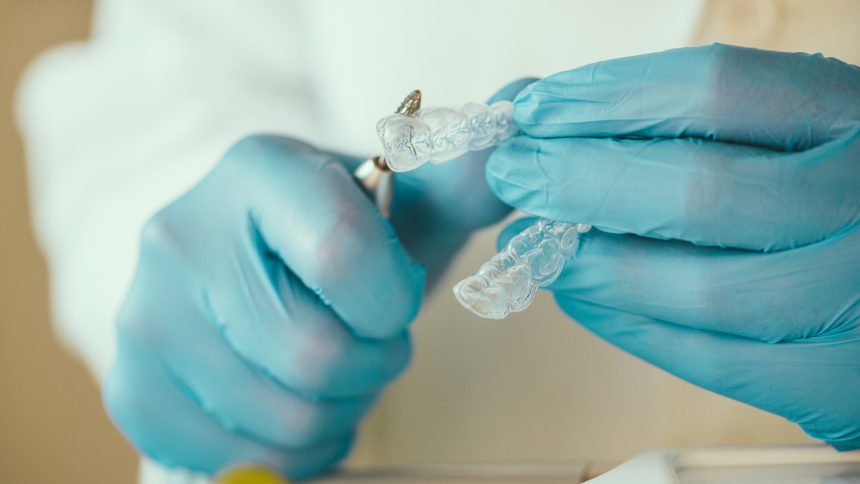
Invisalign®
Invisalign® has changed the face of orthodontics. Instead of wires attached to your teeth, your teeth can now be straightened invisibly. Invisalign® is clear. You can straighten your teeth without anyone knowing. Invisalign® is removable. Unlike braces, you can eat and drink what you want during treatment. You can also brush and floss normally to maintain good oral hygiene. Invisalign® is comfortable. No metal brackets or wires to cause mouth irritation, and less time in the dentist’s chair getting adjustments. The Invisalign® process has been proven effective in clinical research and in orthodontic practices nationwide. However, only a certified dentist like ours can...

Braces
Orthodontics is a type of dentistry focused on the correction of improper bites and tooth irregularity. According to the Bureau of Labor Statistics, orthodontists make up the largest group of dental specialists. These dental professionals help patients of any age improve tooth and jaw problems and can also assist those who desire merely cosmetic improvements. History According to the American Association of Orthodontists [AAO], archaeologists discovered Greek and Etruscan dental appliances that indicate humans began practicing orthodontics as early as 1000 B.C. The Smithsonian Institute cites Edward Angle, founder the Angle School of Orthodontia in 1900, as the father of...

Crowns
A crown is a type of dental restoration which completely encircles remaining tooth structure or a dental implant. It is necessary to fabricate a crown when there is not enough healthy tooth structure remaining to support filling materials or when restoring dental implants. Crowns are made of porcelain fused to a metal substrate or can be completely made of ceramic materials. Crowns are typically used to restore a tooth’s function and appearance following a restorative procedure such as a root canal. When decay in a tooth has become so advanced that large portions of the tooth must be removed, crowns...
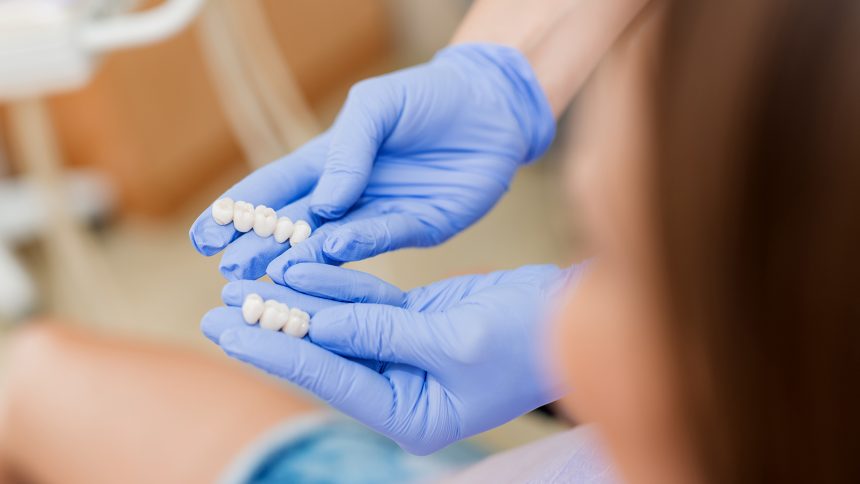
Veneers / Porcelain Laminates
Porcelain veneers, sometimes called tooth veneers, can be used to correct both color and shape problems and make for a great smile makeover. Overview of Tooth Veneers Often an alternative to crowns, they are very thin pieces of specially-shaped porcelain or plastic that are glued over the front of your teeth with little or no anesthesia needed. They are the cure for teeth that are severely discolored, chipped, have small holes or pits, misshapen or crooked, or for the correction of unwanted or uneven spaces. Unlike crowns, veneers won’t require the dentist to remove much of the tooth itself in...
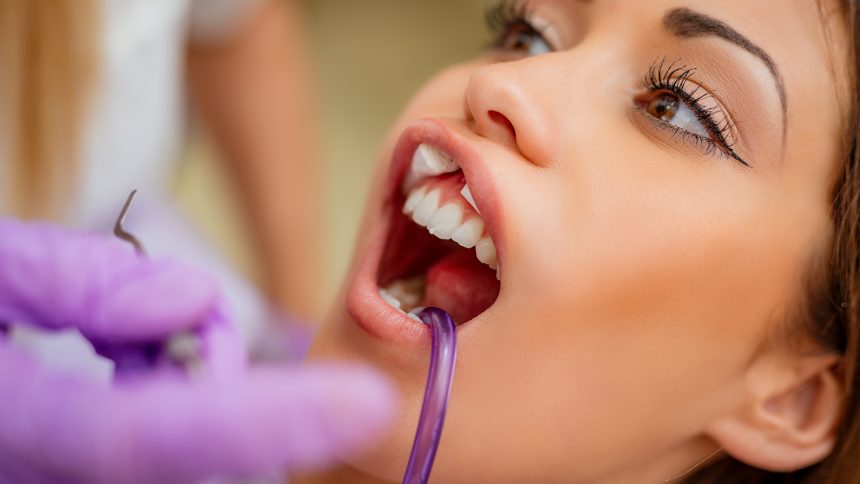
Teeth Whitening
The process of teeth whitening is performed for patients who desire a brighter smile. Tooth whitening can be performed to reduce discoloration and staining, or simply to provide the patient with whiter, brighter teeth. Overview Whitening is used to correct discoloration of the teeth by removing the brown and yellow staining. The term “teeth whitening” can refer to a number of techniques to improve the brightness of the patient’s teeth. Among them are chemical whitening, mild acid whitening, abrasive teeth brightening and the newest technique, laser teeth whitening. Teeth Bleaching Teeth bleaching is a chemical process used to lighten the...
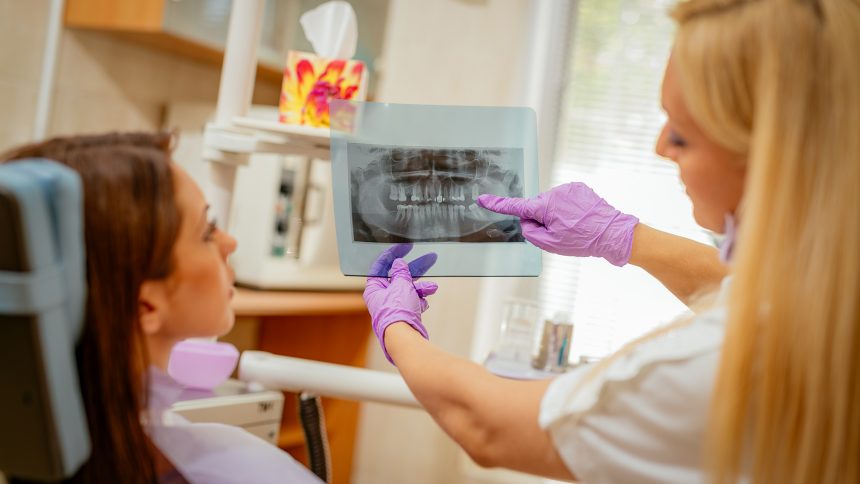
Dental Bonding
The dental bonding procedure utilizes a composite resin and is used for a variety of structural as well as cosmetic purposes. One can draw a parallel between dental bonding materials and a sculptor’s clay. By using dental composite resin bonding your dentist can restore chipped or broken teeth, fill in gaps and reshape or recolor your smile. A very mild etching solution is applied to your teeth to create very small crevices in the tooth’s enamel structure. These small crevices provide a slightly rough surface permitting a durable resin to bond materials to your teeth. The resin is then placed...
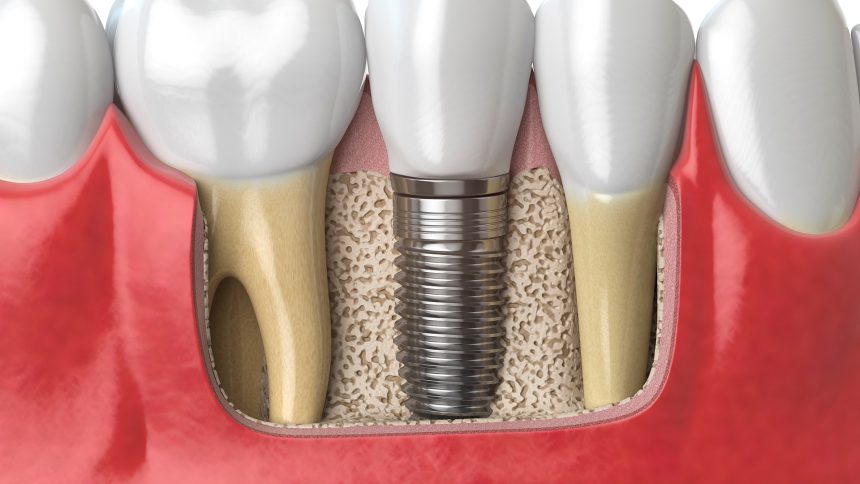
Dental Implants
Dental Implants are a great advancement in dentistry as they permanently replace missing teeth in a way that no previous dental technique was able to accomplish. Implants are anchors made out of the strongest titanium materials, that are implanted into the bone and then covered with a cap or denture. They are stronger than a natural root and will never require a root canal or filling. An implant will help maintain the health and shape of the bone in the jaw area, and neighboring teeth do not need to be filed down to make room for it. It is imperative...
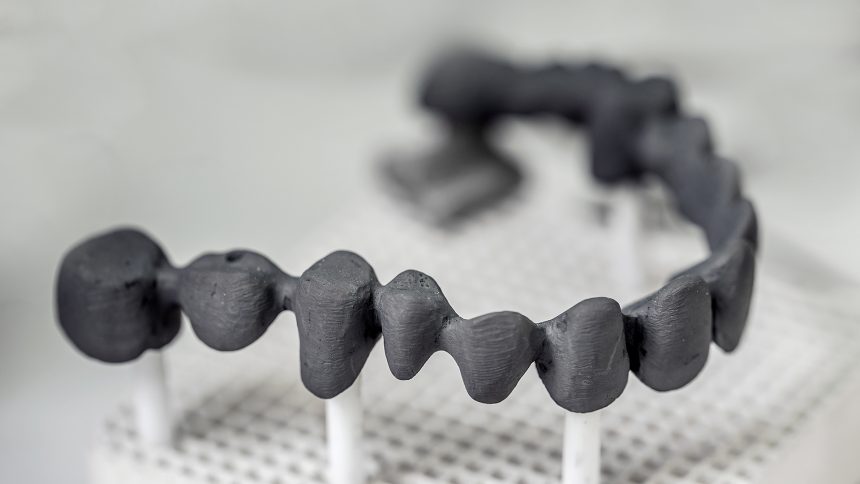
Fixed Bridges
A fixed bridge replaces a missing tooth or teeth. It is called a fixed bridge because it is not removable. A bridge is a structure, supported by teeth on either side of a space. It spans the gap between teeth, just as a bridge spans a river. How is a bridge made? The first step is to prepare the supports for the bridge. Replacement crowns are placed over existing teeth as supports for a bridge. The dentist pares down the teeth on either side of the gap, and takes an impression of the prepared teeth. This is then sent to...


